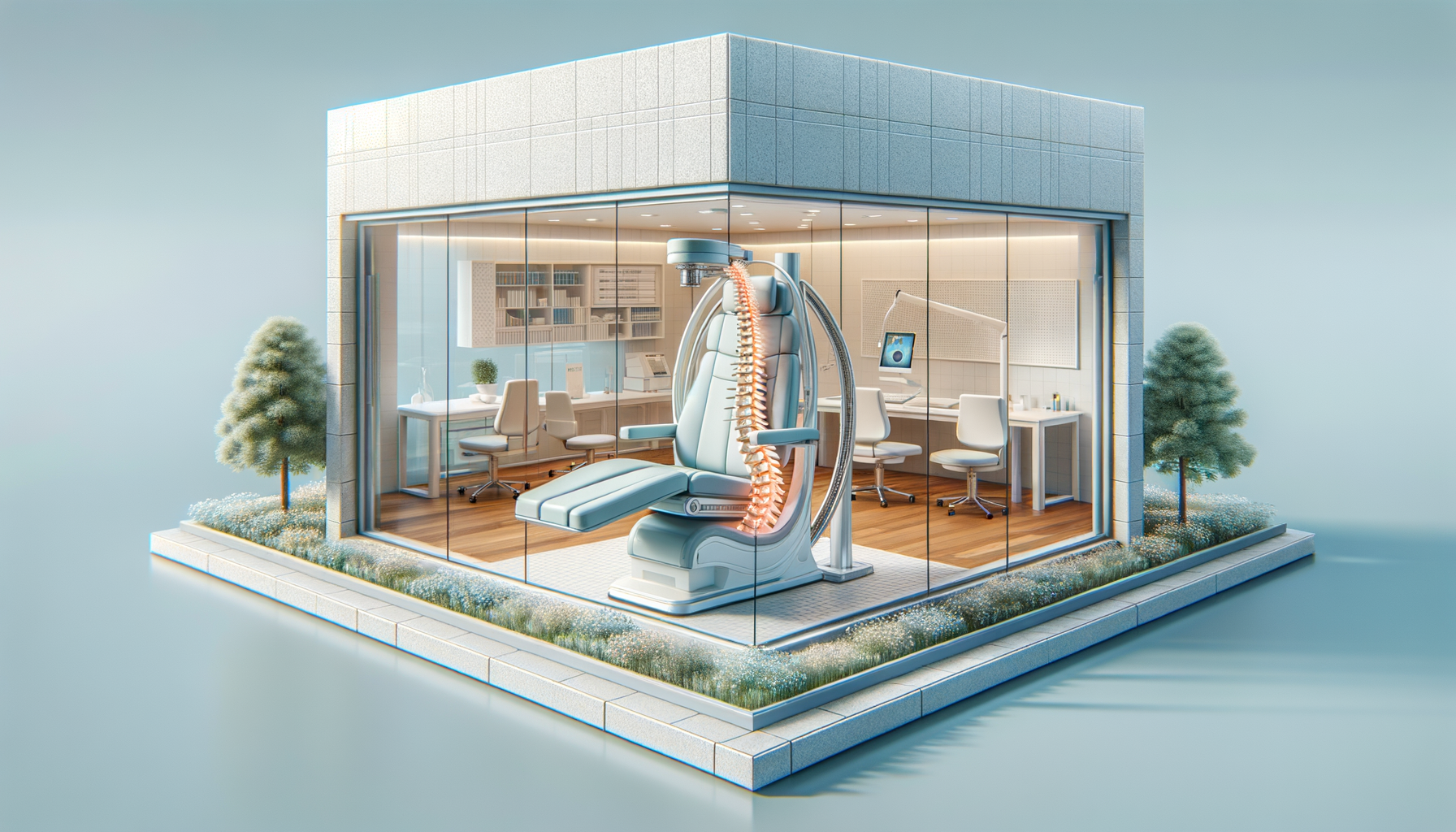Introduction to Spinal Decompression
Back pain is a common ailment affecting millions worldwide, often leading to discomfort and a reduced quality of life. Among the various treatments available, spinal decompression has emerged as a significant non-surgical option. This therapy focuses on alleviating pressure on the spinal discs, which can result in pain relief and improved mobility. Understanding the potential of spinal decompression is essential for anyone seeking alternatives to surgery for back pain management.
How Spinal Decompression Works
Spinal decompression therapy involves gently stretching the spine to change its force and position. This change relieves pressure off the spinal discs, which are gel-like cushions between the bones in your spine. By creating negative pressure within the disc, decompression can help retract bulging or herniated discs, reducing pressure on nerves and other structures in your spine. This process promotes the movement of water, oxygen, and nutrient-rich fluids into the discs so they can heal.
Typically, a session involves lying on a motorized table, with a harness around your hips. The lower part of the table moves to provide traction and relaxation, creating a gentle stretching effect. Each session lasts about 30 to 45 minutes, and a complete treatment cycle might require 20 to 28 sessions over five to seven weeks. Patients often experience relief after just a few sessions, although a full course is recommended for optimal results.
Non-Surgical Back Pain Relief Methods
In addition to spinal decompression, several non-surgical methods can offer relief from back pain. These include:
- Physical Therapy: Tailored exercises that strengthen the back and core muscles, improving flexibility and posture.
- Chiropractic Care: Manual adjustments to align the spine and improve mobility.
- Acupuncture: Inserting thin needles into specific points on the body to relieve pain.
- Massage Therapy: Techniques that manipulate muscles and soft tissues to reduce tension and pain.
- Yoga and Pilates: Practices that enhance flexibility, strength, and balance, which can alleviate back pain.
These methods, when combined with spinal decompression, can provide a comprehensive approach to managing back pain without surgery.
Choosing the Right Clinic for Spinal Decompression
When considering spinal decompression therapy, selecting a reputable clinic is crucial. Here are three top-rated clinics in your city that offer exceptional spinal decompression services:
- Clinic One: Known for its state-of-the-art facilities and experienced practitioners, this clinic offers personalized treatment plans tailored to individual needs.
- Clinic Two: With a focus on holistic healing, this clinic combines spinal decompression with other therapies for comprehensive care.
- Clinic Three: Renowned for its patient-centered approach, this clinic provides thorough consultations and follow-up care to ensure effective treatment outcomes.
Each of these clinics has a strong reputation for delivering quality care and achieving positive results for patients suffering from back pain.
Conclusion: Embracing Non-Surgical Solutions
Spinal decompression represents a promising non-surgical solution for those seeking relief from back pain. By understanding how this therapy works and exploring reputable clinics, patients can make informed decisions about their treatment options. Alongside other non-surgical methods, spinal decompression can play a pivotal role in enhancing quality of life and reducing dependency on surgical interventions. As always, consulting with a healthcare professional is recommended to determine the most suitable approach for individual needs.




Leave a Reply